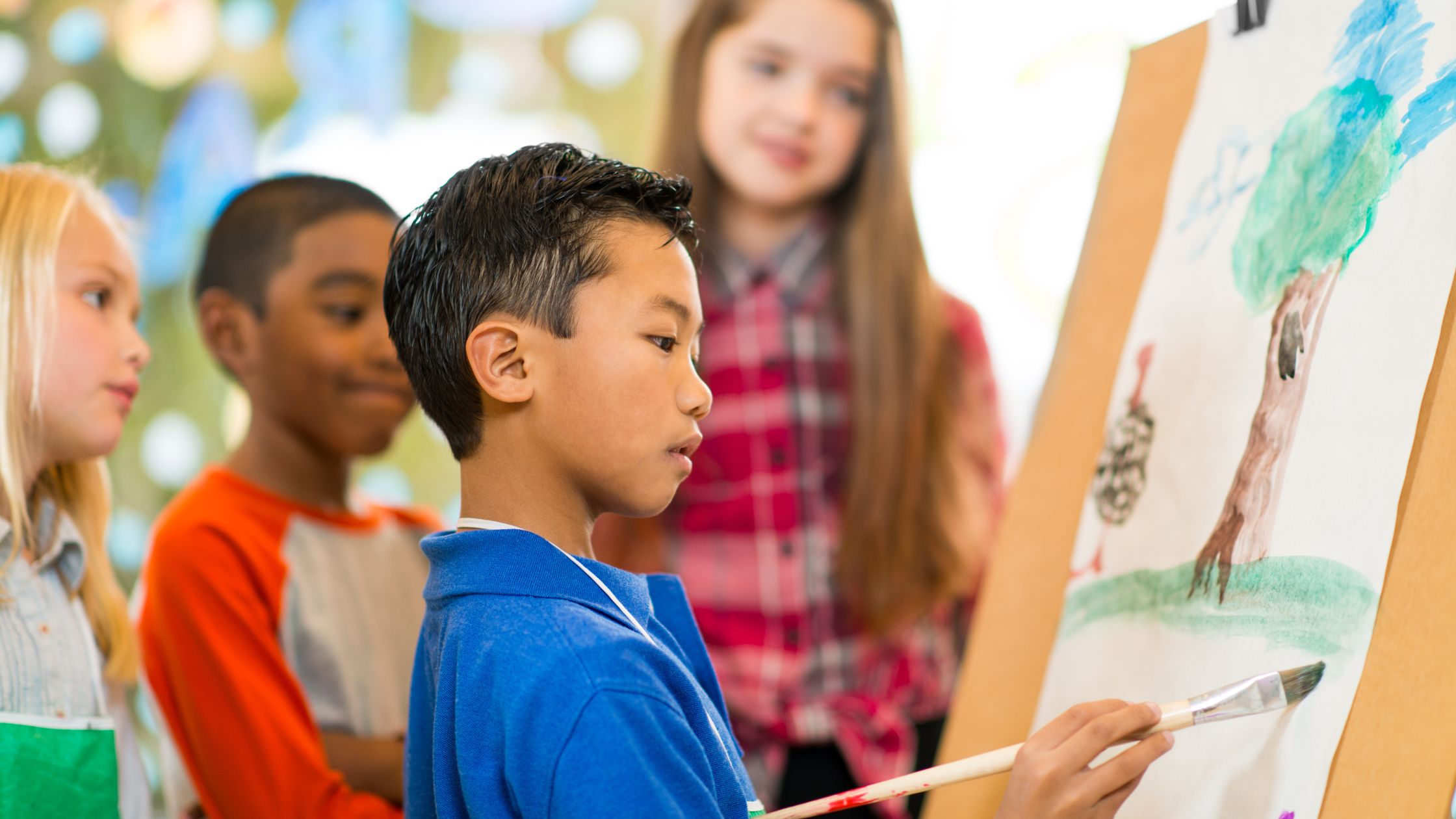Healing Through Art
Introduction
Art has long been recognized as a form of self-expression and creativity that transcends boundaries, cultures, and languages. Beyond its aesthetic appeal, art holds a transformative power that can help individuals heal emotional wounds, especially in the case of children facing adversity. This article delves into the therapeutic potential of creative expressions, exploring how art can serve as a powerful tool for healing and emotional recovery in children.
Art as a Channel for Expression
For children who might struggle to articulate their feelings and experiences through words alone, art offers a unique channel for self-expression. The act of creating art, whether through painting, drawing, sculpting, or any other form, allows children to externalize their emotions and thoughts in a tangible and visual way.
The Cathartic Release of Emotions
Creating art can be cathartic, allowing children to release pent-up emotions and tensions that they might not even fully understand. Through the strokes of a brush or the shaping of clay, they can communicate complex feelings that might otherwise remain trapped within.
Empowerment Through Choice
In the realm of art therapy, children are empowered by choice. They select the colors, materials, and forms that resonate with them, enabling a sense of control over their creative process. This empowerment can have a profound impact on their emotional well-being and self-esteem.
Externalizing and Processing Trauma
Art therapy provides a safe and non-intrusive way for children to externalize and process traumatic experiences. By translating their feelings into images or sculptures, children distance themselves from the trauma, making it easier to approach and cope with.
Symbolism and Metaphor
Art often employs symbolism and metaphor, allowing children to express complex emotions indirectly. This can be particularly helpful for discussing sensitive or painful topics, enabling a level of detachment that eases the process of exploration and healing.
Building Resilience and Coping Skills
Engaging in creative expressions fosters resilience and equips children with valuable coping skills. Art encourages problem-solving, patience, and the ability to adapt to unexpected outcomes – all qualities that are crucial in the face of adversity.
Creating a Safe Emotional Outlet
In a world where children might feel overwhelmed by their circumstances, art offers a safe emotional outlet. It’s a space where they can freely experiment with emotions, ideas, and narratives, without judgment or expectations.
Fostering Positive Self-Identity
Art therapy has the power to reshape a child’s self-identity. By creating something beautiful and meaningful, children experience a sense of achievement, which can counterbalance feelings of inadequacy that often accompany adversity.
Conclusion
Art, as a form of creative expression, goes beyond aesthetics. It has the capacity to touch the depths of the human experience, helping children facing adversity find healing and hope. Through art, children learn to process emotions, externalize trauma, and build resilience. As they paint, draw, or sculpt their stories, they embark on a journey of self-discovery and recovery, gradually turning the page on adversity and embracing the possibility of a brighter future.




